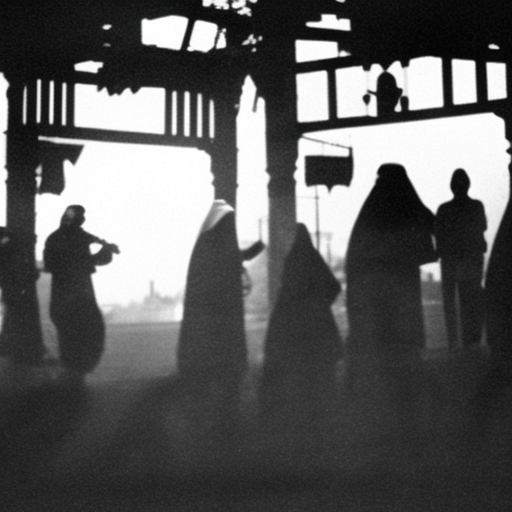Summary:
The Arab Spring was a series of pro-democracy uprisings that swept across the Middle East and North Africa in 2010 and 2011. It began in Tunisia when a street vendor named Mohamed Bouazizi set himself on fire in protest against government corruption and economic hardship. Bouazizi’s act of self-immolation sparked widespread outrage and led to mass protests demanding political reform and an end to authoritarian rule. The movement quickly spread to other countries in the region, including Egypt, Libya, Yemen, and Syria, resulting in significant political and social changes.
Causes:
The Arab Spring was primarily fueled by a combination of political, economic, and social factors. Widespread corruption, high unemployment rates, rising food prices, and limited political freedoms were common grievances across the region. Additionally, the influence of social media and the internet played a crucial role in mobilizing and organizing protests, allowing activists to share information and coordinate actions more effectively.
Tunisia:
The Arab Spring began in Tunisia, where mass protests forced President Zine El Abidine Ben Ali to step down in January 2011. This marked the first successful overthrow of an Arab dictator during the movement. Tunisia subsequently transitioned to a more democratic system, holding free elections and adopting a new constitution.
Egypt:
Inspired by the events in Tunisia, Egyptians took to the streets demanding the resignation of President Hosni Mubarak, who had been in power for nearly 30 years. After weeks of protests, Mubarak stepped down in February 2011. However, the transition to democracy in Egypt was marred by political instability and the rise of the Muslim Brotherhood. In 2013, the military ousted President Mohamed Morsi, leading to a period of military rule.
Libya:
In Libya, protests against the authoritarian regime of Muammar Gaddafi quickly escalated into a full-blown armed conflict. NATO intervened to support the rebels, and after months of fighting, Gaddafi was captured and killed in October 2011. However, Libya descended into chaos and became a breeding ground for extremist groups, leading to ongoing instability and violence.
Yemen:
Yemen also experienced widespread protests calling for the resignation of President Ali Abdullah Saleh, who had been in power for over three decades. After months of unrest and a power transfer agreement, Saleh stepped down in 2012. However, Yemen faced numerous challenges, including a Houthi rebellion, the rise of Al-Qaeda, and a devastating civil war that continues to this day.
Syria:
The Syrian uprising began in March 2011 with peaceful protests against President Bashar al-Assad’s regime. However, the government responded with brutal force, leading to an armed conflict that spiraled into a full-scale civil war. The Syrian conflict has resulted in a humanitarian crisis, with millions of people displaced and widespread destruction.
Legacy:
The Arab Spring had a profound impact on the region, leading to significant political and social changes. While some countries, like Tunisia, managed to transition to more democratic systems, others, such as Syria and Yemen, descended into prolonged conflicts. The movement also exposed deep divisions within societies and highlighted the challenges of building stable and inclusive governments in the aftermath of authoritarian rule. The Arab Spring demonstrated the power of grassroots movements and the potential for change, but it also underscored the complexities and uncertainties of political transitions.












